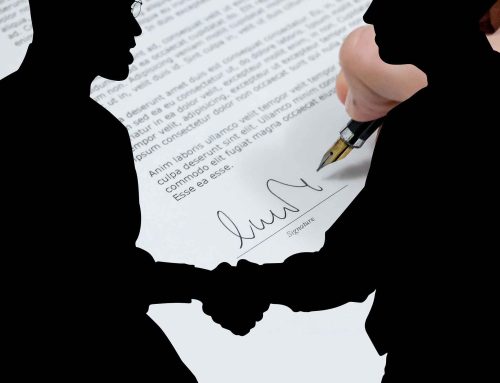Anyone who’s ever stayed in the same house or apartment for a couple of years or longer knows that some items and furnishings naturally wear down. Leases commonly contain a provision saying something like, “Tenant must return the premises to Landlord in the condition the premises was in when the Lease began, normal wear and tear excepted.” Many of us who have been tenants in Leases may have wondered, usually at the end of the Lease, whether specific damage should be considered normal wear and tear or something other than that, and who should be financially responsible for the damage- the Landlord or the Tenant.
Surprisingly, neither the legislature nor the courts have conclusively defined “normal wear and tear.” Some courts have suggested that “normal wear and tear” represents a kind of general relief for the Tenant not to have to maintain the property in a “like-new” condition[1]. One court recently suggested that wear and tear is an ordinary and expected process that results from reasonable use of something (like a plumbing system) over time[2].
Re/Max Property Management provides a comprehensive list that distinguishes between “normal wear and tear” and other damage- Wear and Tear Florida Law | RE/MAX Infinity Property Management (rmxipm.com). Note that this is not a legally definitive list; instead, it is a “reasonable interpretation.”
Landlords and tenants should note that even ordinary wear and tear over time can become an injury-causing hazard[3]. So, for this reason (and others), it is essential to keep tabs on the physical infirmities of the property.
One conclusion I came to while reviewing this concept was that the passage of time is a necessary element of “normal wear and tear.” Perhaps the best way to understand normal or ordinary “wear and tear” is natural and inevitable depreciation associated with the use of real property and the contents of that real property. So, if damage occurs during and because of the natural and unavoidable depreciation of some object, such a circumstance could be considered “normal wear and tear.”
It would be fair to say that there is no clear-cut definition of “normal wear and tear” as it applies to Leases in Florida. It also seems that, from a legal perspective, whether certain damage is “wear and tear” or not depends on the situation’s specifics. It is always best to consult an attorney to help navigate these situations.
If you think you have been wrongly saddled with financial responsibility for damages under a Lease, don’t hesitate to get in touch with Siegel & Siegel at 561-620-8200. We look forward to helping you.
[1] Rizzo v. Naranja Lakes Condominium Assoc. Numbers One, Two, Three, Four, and Five 498 So.2d 451 (FLA 3rd DCA)
[2] Dodge v. People’s Trust Insurance Company 321 So.3d 831 (FLA 4th DCA)
[3] Fontana v. Wilson World Maingate Condominium, 717 So.2d 199 (Fla. 5th DCA 1998)
What the New Florida Landlord Tenant Law Could Mean for You
What the New Florida Landlord Tenant [...]
Non-written (Oral) Leases in Florida
Perhaps you are a Landlord or Tenant and [...]
What are some of the duties a Landlord and Tenant have towards each other ?
It is always easier when a Landlord and [...]
What should the Landlord do if the Tenant abandons the Premises?
If you are a Landlord and discover or [...]
How a Tenant can defend against an eviction
As discussed in a previous blog, a landlord [...]
DISCLAIMER: The information contained on this website, including this article, presents general information and is not and should not be used as legal advice. Before acting on any of the materials presented on this website, we advise you to seek legal counsel regarding your unique situation. Using this website does not create an attorney-client relationship between the user and Siegel and Siegel, P.A., or any of its lawyers.
















